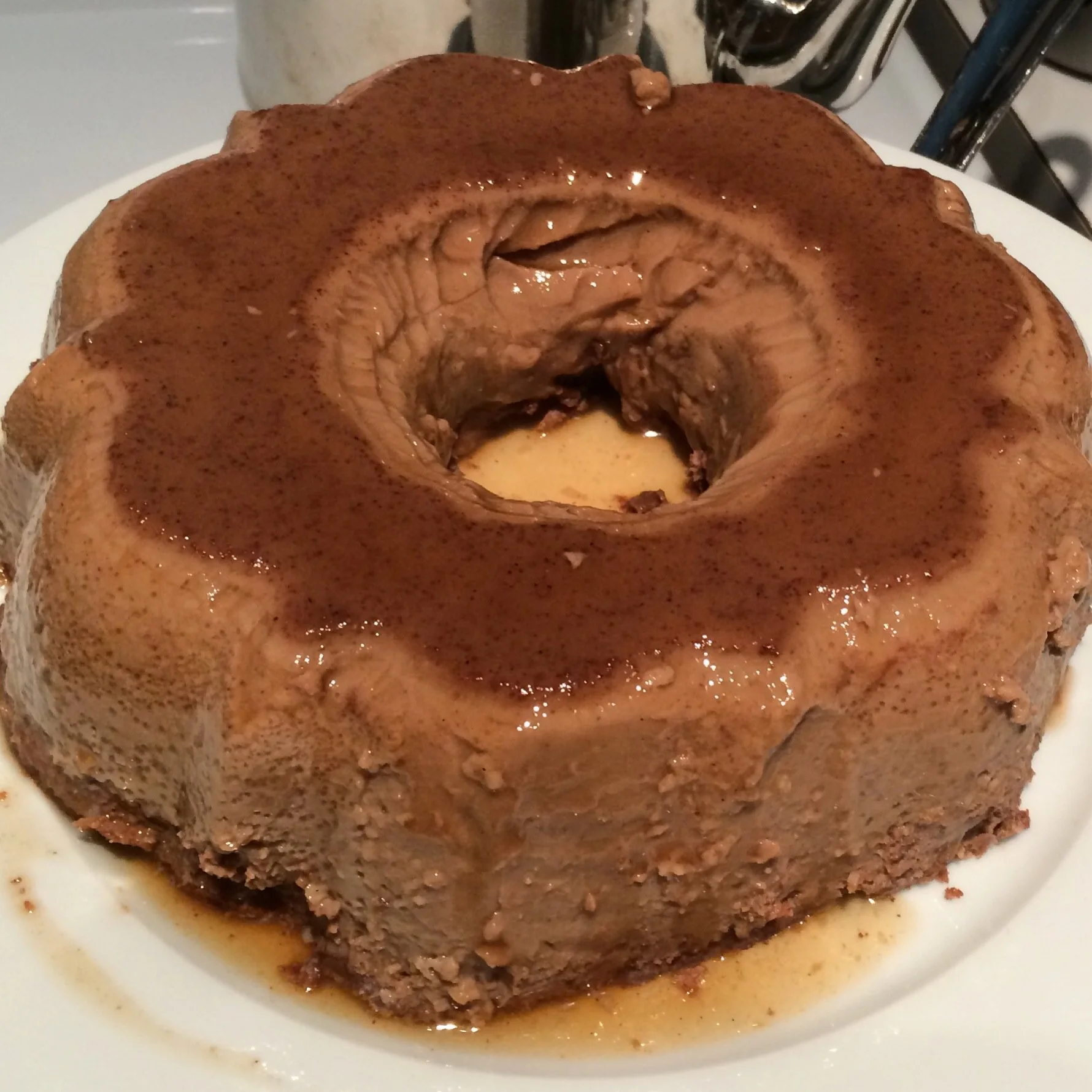Gianduja Flan ~ Visiting the Perugina Factory
I adore these sandals, chosen by my child among several pairs he had me model during a shoe shopping session he deemed the most Mamma/Ernesto fun we had this year. They have style, comfort. They sexily showcase my ankles-sexy ankles being a critical criterion of beauty for Italians.
And since last week they are further adorned by a permanent chocolate stain acquired at the splendid Scuola del Cioccolato Perugina in my hometown of Perugia, where I spent 2 days under the tutelage of Maestro Massimiliano Guidubaldi.
You might remember last summer's post about my incipient collaboration with Perugina Chocolate. As those buds continue to blossom, Baci and other Perugina products have inspired me to create, share, teach and immerse myself in the story of quality that is Perugina.
Rediscovering and elaborating this part of my heritage has been a path of much joy: from creating delectable Baci based desserts, to watching the faces of children making Baci from scratch, to telling the tale of a family where so many thought out of the box and from which I am proud to descend.
Massimiliano and I tempered, molded, dipped. We improvised, we taught and, as in what has by now become a yearly tradition, imbibed remarkable amounts of espresso and alcohol, including a 10am session on how to properly pair chocolate with alcohol that started with the playful match of a glass of Sagrantino Passito VS a bar of Luisa Dark 51% and ended with reserve rum whipping the snap of a 70% Nero Sfoglia into perfect shape.
The 2-day chocolate marathon ended with a 4-hand bilingual class delivered to a group of 10 which included my sister Silvia and my little Ernesto, who beamed at his creations and stated: "Mamma, it's just in our genes". Well, if the stain on my sandals is any indication, then Ernesto might be right: this is something I just can't seem to scratch off.
I will be teaching classes modeled on my experience at Scuola del Cioccolato throughout the year-including Baci making from scratch, of course-and will integrate more chocolate work and Baci desserts from my growing collection in the Italian cooking workshops I hold at the Italian Consulate in San Francisco on the first Wednesday of each month from September to June, from 1 to 5pm. Click here for my calendar of events. As always, the teachings are for home cooks, who, as I have been learning through my work at the Scuola, can achieve professional grade results while working chocolate at home without any particular implement, other than some techniques and a lot of passion.
Until you can join one of my classes, try this creme caramel al gianduja, a creation which found much favor during a reception the Perugina team hosted at Eataly in Chicago in early May and is yet easy enough that my 18 Reasons Mother's Day kids class could make it. By the way, much credit for me managing to perfect this confection goes to the invaluable sounding board that is my friend and accomplished pastry chef Deirdre Davis.
Creme caramel al giandujaGianduja creme caramel
Gianduja, a type of chocolate Italians call the 4th flavor, is a mix of dark and milk chocolate and hazelnut paste, created in Piedmont in the early 1800's. This sweet is best made the day before, to maximize the advantage of a careful cooling process. However, times can be shortened in a pinch (see note)
for 6 people 1/4 pound sugar 2 tablespoons water 1 teaspoon Frangelico 2.5 cups milk 1 vanilla bean 1/2 cup well toasted hazelnuts 10 ounces gianduja chocolate 4 eggs 4 yolks 1/4 tsp salt
Place half the sugar, water and Frangelico in a small sauce pot. Place over medium heat and melt without stirring but often swirling the pot around.
The sugar will slowly melt, then start bubbling. At some point, the color will start turning from clear whitish to beige, golden and, eventually, dark brown. When a marked burnt smell can be detected, it is ready.
Pour it on the bottom of a deep circular mold with a hole in the middle. Swirl the mold all around so that the caramel coats the sides and bottom of the mold. Set it aside to cool and harden.
Heat the milk to just before boiling. In the meantime, score the vanilla bean and chop the hazelnuts.
Remove the milk from the heat and drop the vanilla bean and about 1/3 of the hazelnuts in it. Cover the pot and set it aside to infuse for 15 to 20 minutes.
In the meantime, cut the gianduja in small pieces. Whisk the eggs, yolks and remaining sugar until the sugar has completely dissolved and it is pale yellow and a little fluffy-this can be done in an electric mixer.
Strain the milk and pour it over the cut gianduja. Whisk until it is smooth then gently pour it into the eggs and sugar mixture. Stir the mixture with care until it reaches uniform color and texture.
Strain everything twice through a very fine mesh sieve then pour it into the mold over the solidified caramel.
Heat the oven to 350˚F and set up a water bath with rack on the bottom. Set the mold in the water bath, tent with aluminum foil and bake until set, about 60 to 70 minutes.
Remove the water bath from the oven and leave the mold in until the water has completely cooled.
Remove the mold from the water bath, wrap tightly and hold overnight in the refrigerator to dissolve max amount of caramel.
To unmold, run a paring knife around the edges of the mold, place a round platter on top, turn over, tap all around and gently shake. The creme caramel will slide right off.
Sprinkle with the remaining hazelnuts right before serving and enjoy cold.
NOTES:
If you are short on time, you can move the mold to an already cool water bath to hasten the cooling process. Leave it in for an hour or so then place it in the refrigerator until you are ready to unmold it.
The creme caramel will still come out, though it will be a little creamier than expected and the caramel will not be as fully dissolved as it would be in an overnight rest.
Lastly, the sieving passage is critical to eliminate the foam after from the mixture. An excessively foamy mixture poured into the mold will shrink down to little and be taken over by the caramel.

